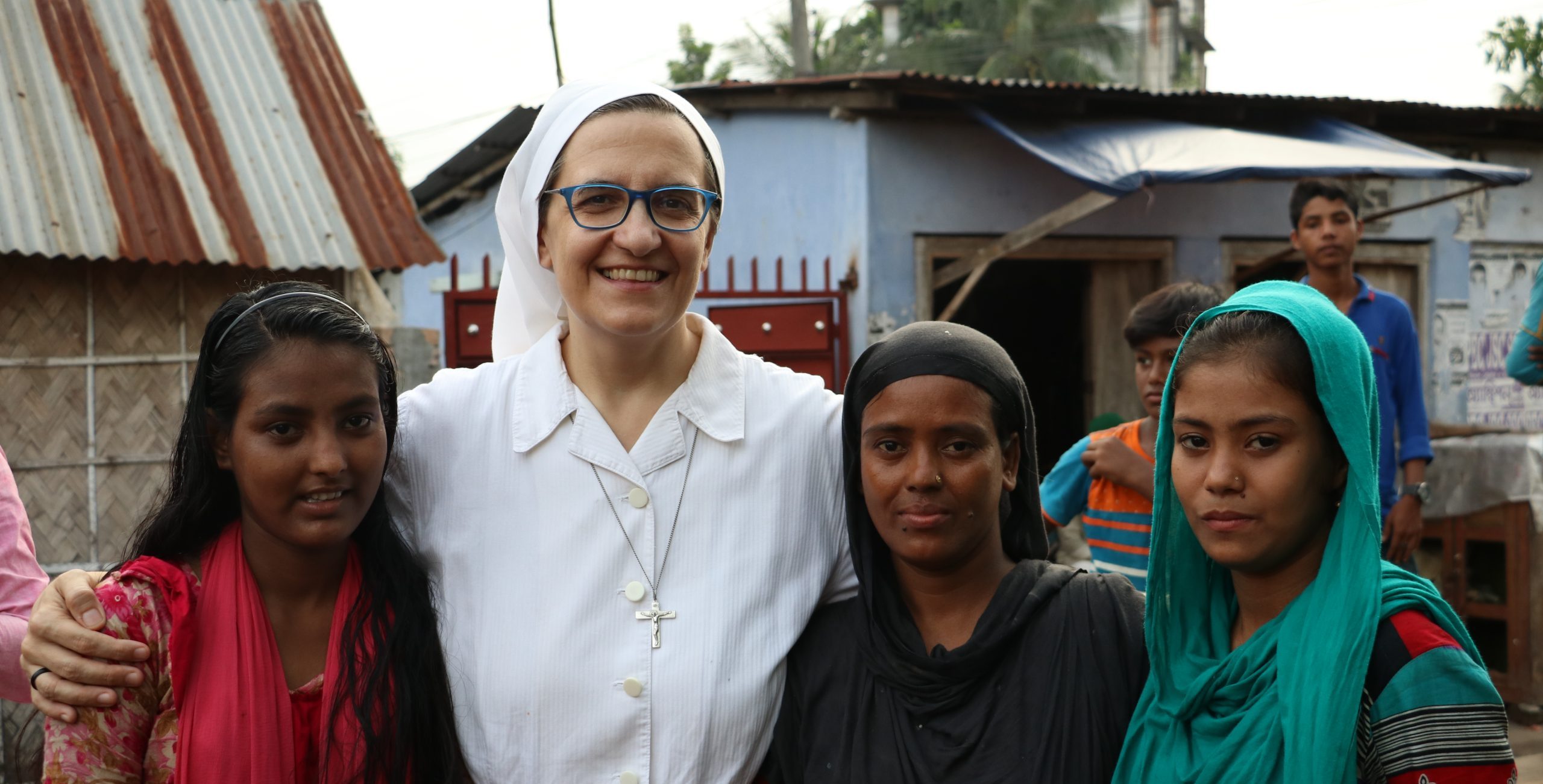Saimon is a young mother who became pregnant during anti-tuberculosis therapy and decided to keep her child. But the disease remains endemic in an extremely poor country
Saimon is a 26 year old patient of mine who is being treated for tuberculosis for the fifth time. Now the bacillus has hit a bone in the leg and has then spread to a lymph node. Therapy is long and demanding. But life always reserves surprises: and in her being beautiful and fruitful she always shows signs of positivity. Saimon, in fact, became pregnant right during the therapy and she decided to keep the baby, despite the fact that all the doctors here say to abort when women become pregnant during treatment. Six months ago a beautiful baby was born, her third child, the only one who was really well-built and chubby. At six months she wears the clothes that her brother used when she was one year old!
Tuberculosis – as well as leprosy – have always been considered the diseases of poverty and malnutrition. In fact, people’s immune system is not able to respond to the bacillus infection and does not produce antibodies capable of protecting the organism and thus the disease develops. Bangladesh is still considered endemic for tuberculosis and the situation regarding leprosy is being assessed. The country, in fact, is experiencing an increase in numbers despite the expectations of the World Health Organization (WHO). The new cases are added to the old patients who, even if now recovered from the disease, still suffer from the complications related to it: ulcers and reactions. Our hospital, Damian Hospital, is the only one that provides support to these patients in the entire south-west region of the country. And many also come from rather distant areas. Our service is a way to enter people’s lives and help them feel loved, offering them hope and a new life expectancy.
Since 1986, the missionaries of the Immaculate have been present in the metropolitan area of Khulna with a project to fight leprosy and, in 2001, we also began to deal with tuberculosis. The city of Khulna is the third most important in the country with a population of around 1 and a half million inhabitants. The region is very poor and many families continue to survive thanks to activities related to agriculture and especially rice processing. However, many are forced to leave in search of work, especially in Dhaka, the capital, and in Chittagong, the country’s main port. There are those who find employment in the textile and clothing industries, but many still work as day workers. The socio-economic situation of the majority of the population is far from easy: millions of people live in slums or in overcrowded contexts, with serious hygienic deficiencies and in situations of under-nourishment. The combination of these factors significantly increases the risk of contracting diseases, including tuberculosis and leprosy, which are indeed “children” of poverty at multiple levels.
